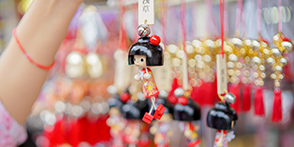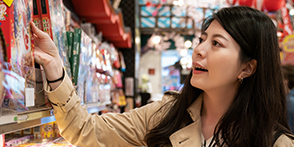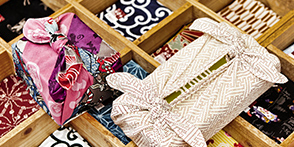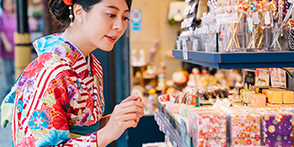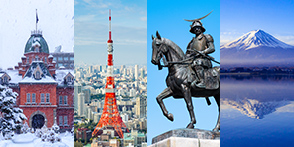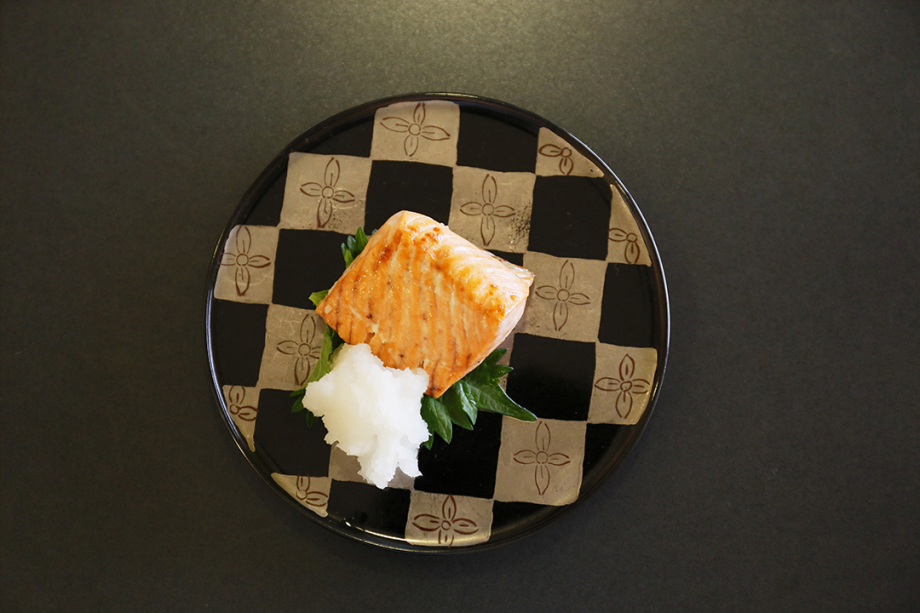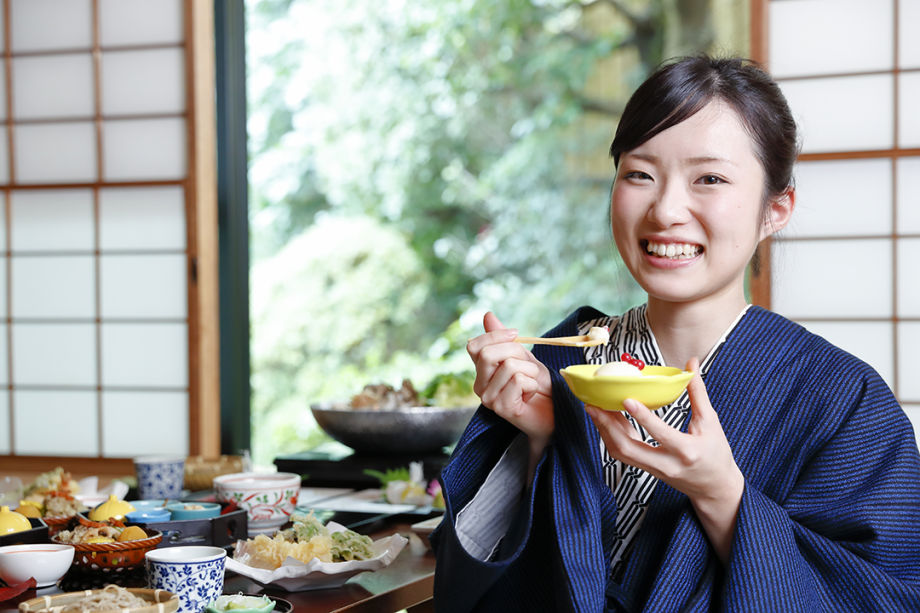- TOP
- 探す
- ショッピングレポート 検索結果
- What is kaiseki (fine Japanese cuisine) to be enjoyed in a traditional style?
What is kaiseki (fine Japanese cuisine) to be enjoyed in a traditional style?
-
カテゴリ
- 日本の文化
- 食・グルメ
- その他
-
更新日
- 2020-03-19
In 2013, "Washoku/Japanese food" was designated as UNESCO intangible cultural heritage. The most vivid experience of "the respect of diverse and fresh ingredients" and "expressing the beauty of nature and the change of the season with vessel or presentation," which are the unique aspects of Washoku, can be found in “kaiseki cuisine,” where you can leisurely savor a wide variety of dishes. Not only your taste buds but your eyes can enjoy the dishes along with the time going by. You may encounter with another "kaiseki" that reads the same but in different Japanese notation. This was originally a menu which was offered as a simple meal at the tea ceremony, and it was different from the "kaiseki cuisine" as banquet dishes to enjoy with sake; however, some restaurants use the same expression of "kaiseki cuisine" (for tea ceremony) to explain the luxurious course.
"Many kaiseki cuisine offer a variety of cooking method such as “boil,” “bake,” “fry,” and “steam” so that the customer can enjoy the ingredients in the optimal way to the end without becoming weary; the dishes are respectively called “nimono,” “yakimono,” “mushimono,” and “agemono.”
Kaiseki cuisine can be experienced at a Japanese restaurant or as a dinner at an inn. There are casual style kaiseki such as the ones offered at Japanese cuisine family restaurant; however, these are merely simplified versions."
What are the manners of kaiseki cuisine?
"One of the biggest differences from Western cuisine is the rule peculiar to kaiseki of “Which dish may/may not be held up.” In Japanese cuisine, it is said that in order to not to drop things pinched with chopsticks, and to avoid spilling liquid etc., children are strictly trained from young ages the rule ""You might want/ought to lift the dishes which are palm-sized at most."" Specifically, you lift up a rice bowl or miso soup bowl when eating. However, as for platters such as those presenting fish, just like in Western cuisine, you eat it placed on the table.
...... read the rest of the article on the TABIDO website:
https://www.tabido.jp/en-us/article/1072/
